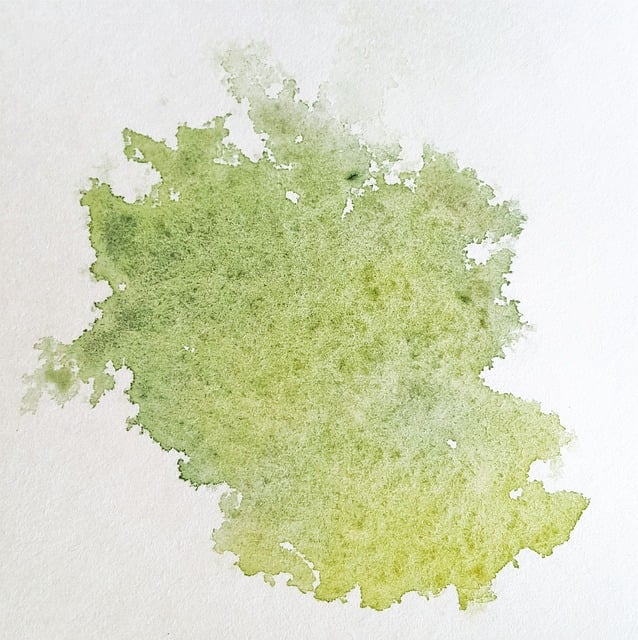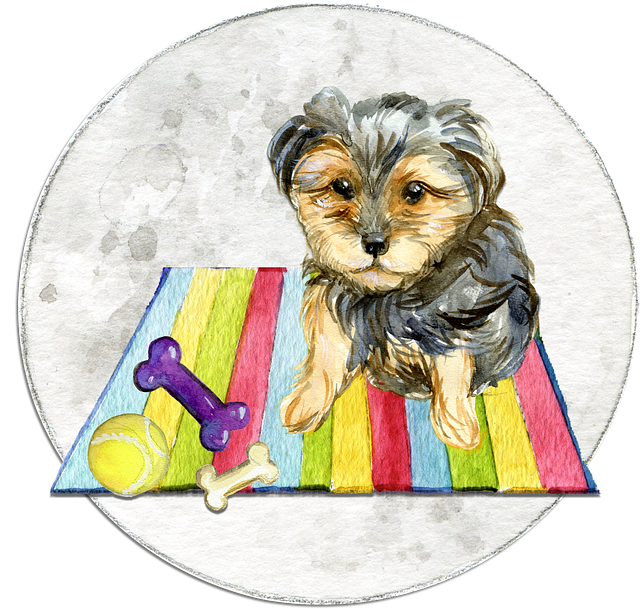Pet stains on carpets require distinct removal techniques based on stain type (urine, feces, paw prints, vomit) and composition. Pre-treating with blotting or cleaning solutions like baking soda or enzymatic cleaners is essential for effective stain removal. Choosing the right cleaner depends on carpet material and age; testing a small area is recommended. DIY methods using household products are suitable for minor spills, while professional cleaners handle deep-seated stains and odors more thoroughly. Prompt action, deep cleaning with vinegar or commercial cleaners, rinsing, and regular spot treatment maintain carpets' cleanliness after pet cleanup.
As pet owners, we welcome furry friends into our homes, but their messiness can leave behind stubborn stains on our carpets. Understanding these pet stain types and causes is the first step towards maintaining a fresh and clean space. This guide offers comprehensive solutions for tackling common pet stains effectively. From pre-treatment preparation to choosing suitable cleaning products and DIY tips, we provide a step-by-step approach to removing pet stains from carpet. Learn how to preserve your carpet’s beauty and keep your home smelling fresh!
Understanding Pet Stains: Types and Causes

Pet stains on carpets can range from small, isolated incidents to larger, more persistent marks, depending on the type of pet and their habits. Understanding these stains is the first step in learning how to remove them effectively. Common types include urine, feces, paw prints, and vomit, each with its unique composition and cause.
Urine stains, for instance, often leave a yellowish ring due to the ammonia content. Fecal stains can be particularly difficult as they contain various bacteria and may even lead to odors if not handled promptly. Paw prints simply require removing loose debris while vomit stains necessitate thorough cleaning to prevent bacteria buildup. Knowing these differences is crucial in selecting the right methods for how to remove pet stains from carpet, ensuring a fresh and clean environment for both pets and their owners.
Pre-Treatment: Preparing Your Carpet Before Cleaning

Before diving into the process of freshening your carpet, it’s crucial to prepare and pre-treat the areas affected by pet stains. The first step in how to remove pet stains from carpet involves understanding what kind of stain you’re dealing with—be it urine, feces, or paw tracks—as this determines the best approach for treatment. For urine or fecal stains, blotting is key; use a clean cloth or paper towel to absorb as much of the liquid or solid as possible without spreading it further.
Next, rinse the area with warm water to dilute the stain and prevent it from setting deeper into the fibers. For paw tracks or dried urine, pre-treat the carpet by sprinkling baking soda or a commercial carpet cleaner over the stain, letting it sit for 15-30 minutes to break down the dirt and odors. This pre-treatment step is essential as it prepares the carpet for more effective cleaning and ensures better results in removing pet stains.
Choosing the Right Cleaning Solutions for Pet Stains

When it comes to carpet freshening for pet owners, selecting the appropriate cleaning solutions is key. Understanding how to remove pet stains effectively involves knowing your options. Enzymatic cleaners are a popular choice as they target organic compounds and break down odors at their source, making them ideal for handling urine and fecal messes. These eco-friendly products are gentle yet powerful, ensuring no harsh residue remains on your carpet fibers.
Additionally, oxygen-based stain removers offer a safe and non-toxic approach to tackling pet stains. They work by breaking down stains into water-soluble components, making them suitable for various types of carpets. Always consider the material and age of your carpet when choosing a cleaner; some solutions may be better suited for specific fabrics or delicate fibers. Testing a small, inconspicuous area first is recommended to ensure colorfastness.
Step-by-Step Guide to Removing Common Pet Stains

Removing common pet stains from your carpet is a straightforward process, and with the right approach, you can restore your flooring to its original condition. Start by blotting any visible liquid spills immediately with a clean cloth or paper towel. Avoid rubbing, as this can push the stain deeper into the fibers. Next, identify the type of stain—urine, feces, vomit, or food—for the best cleaning method. For urine and fecal stains, create a mixture of one part white vinegar and two parts warm water. Apply this solution to the stained area, then gently scrub with a soft-bristled brush before blotting dry. For vomit, mix baking soda and water into a paste and apply it to the affected spot; let it sit for 15 minutes before brushing and blotting. Food stains can be treated with a mild dishwashing liquid and warm water, working gently from the outer edge of the stain inward.
DIY vs Professional Carpet Cleaning for Pets

For pet owners, keeping carpets fresh and stain-free can be a challenging task. There are two primary approaches to achieving this: doing it yourself (DIY) or hiring professional carpet cleaners. DIY methods are often seen as a cost-effective solution, allowing homeowners to tackle pet stains with common household products like baking soda, white vinegar, or commercial stain removers. These techniques can be effective for minor spills and fresh accidents, providing an immediate solution until the next professional cleaning.
However, when it comes to deep-seated, stubborn pet stains and odours, professional carpet cleaning services offer a more comprehensive approach. They employ specialized equipment and powerful cleaning solutions designed specifically for removing pet messes, including urine, vomit, and fur. These professionals have the expertise and experience to tackle tough cases, ensuring that not only are the visible stains removed but also any lingering odours are eliminated, leaving carpets looking and smelling as good as new.
Maintaining a Stain-Free Carpet Post-Pet Cleanup

Maintaining a stain-free carpet after pet cleanup is crucial for pet owners who want their homes to look pristine. The first step in achieving this is acting promptly when an accident occurs. Pet stains can be challenging to eliminate, especially if left untreated, so it’s essential to treat them as soon as possible. Start by blotting the stain with a clean cloth or paper towel to absorb excess moisture and urine. Avoid rubbing, as it can spread the stain further into the carpet fibers.
For solid or semi-solid pet messes, gently scrape off any visible debris using a spoon or a dull knife. Next, use a commercial carpet cleaner or a mixture of warm water and white vinegar to deep clean. These solutions are effective in breaking down urine salts and removing odors. After cleaning, rinse the area with cold water to remove any residue, then blot dry with a clean towel. Regular cleaning and spot treatment will ensure your carpet stays fresh and free from pet stains.
